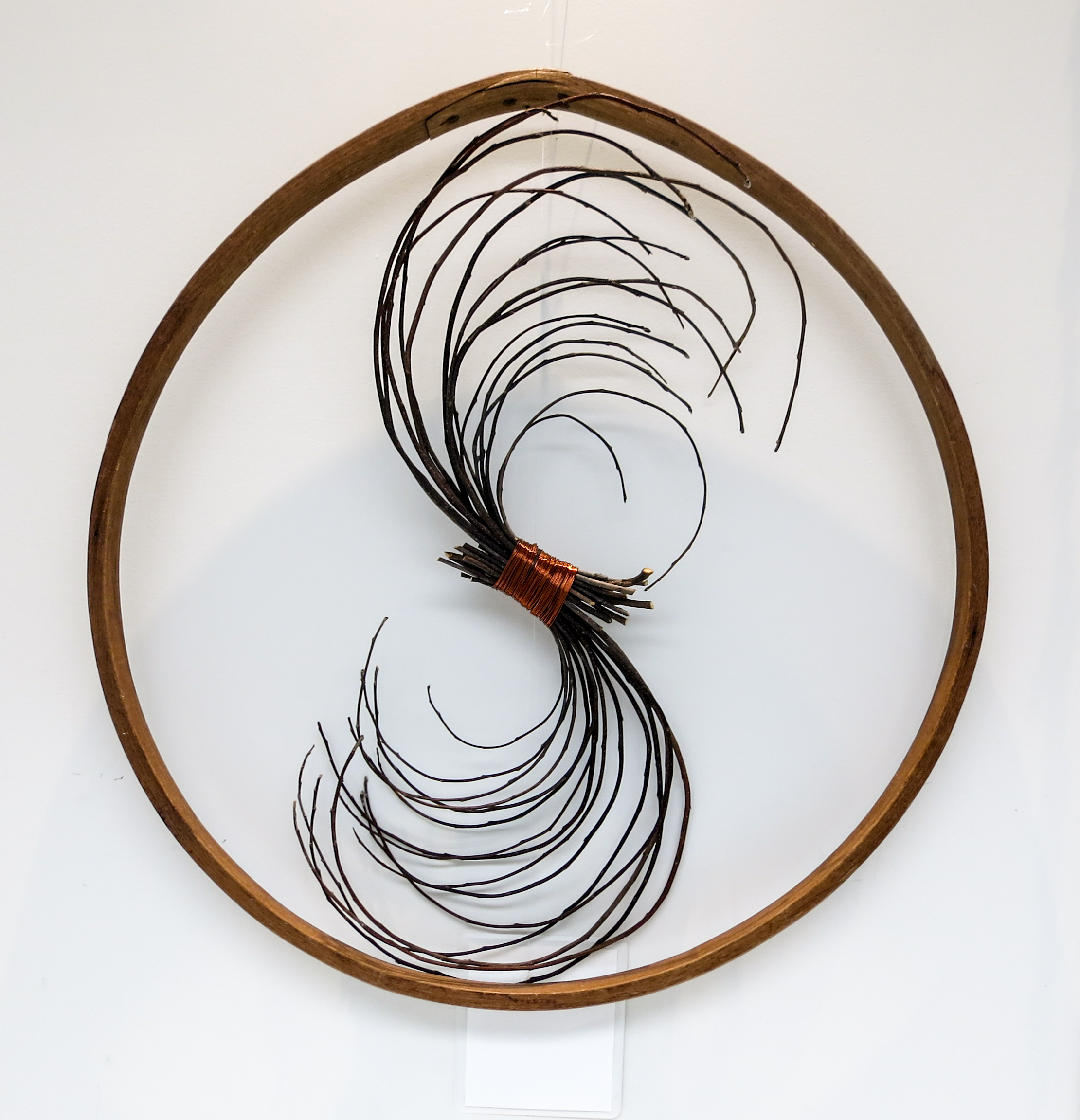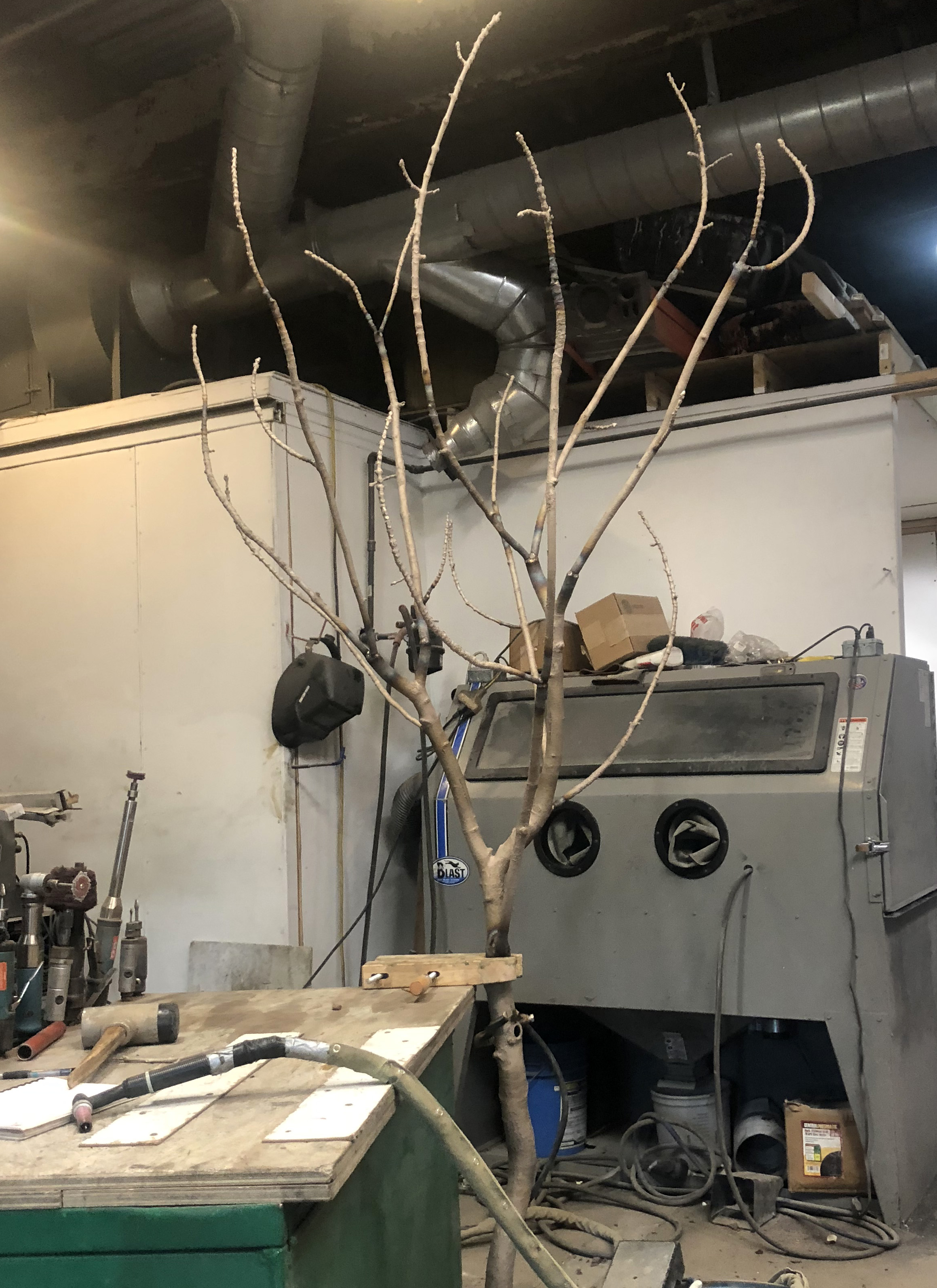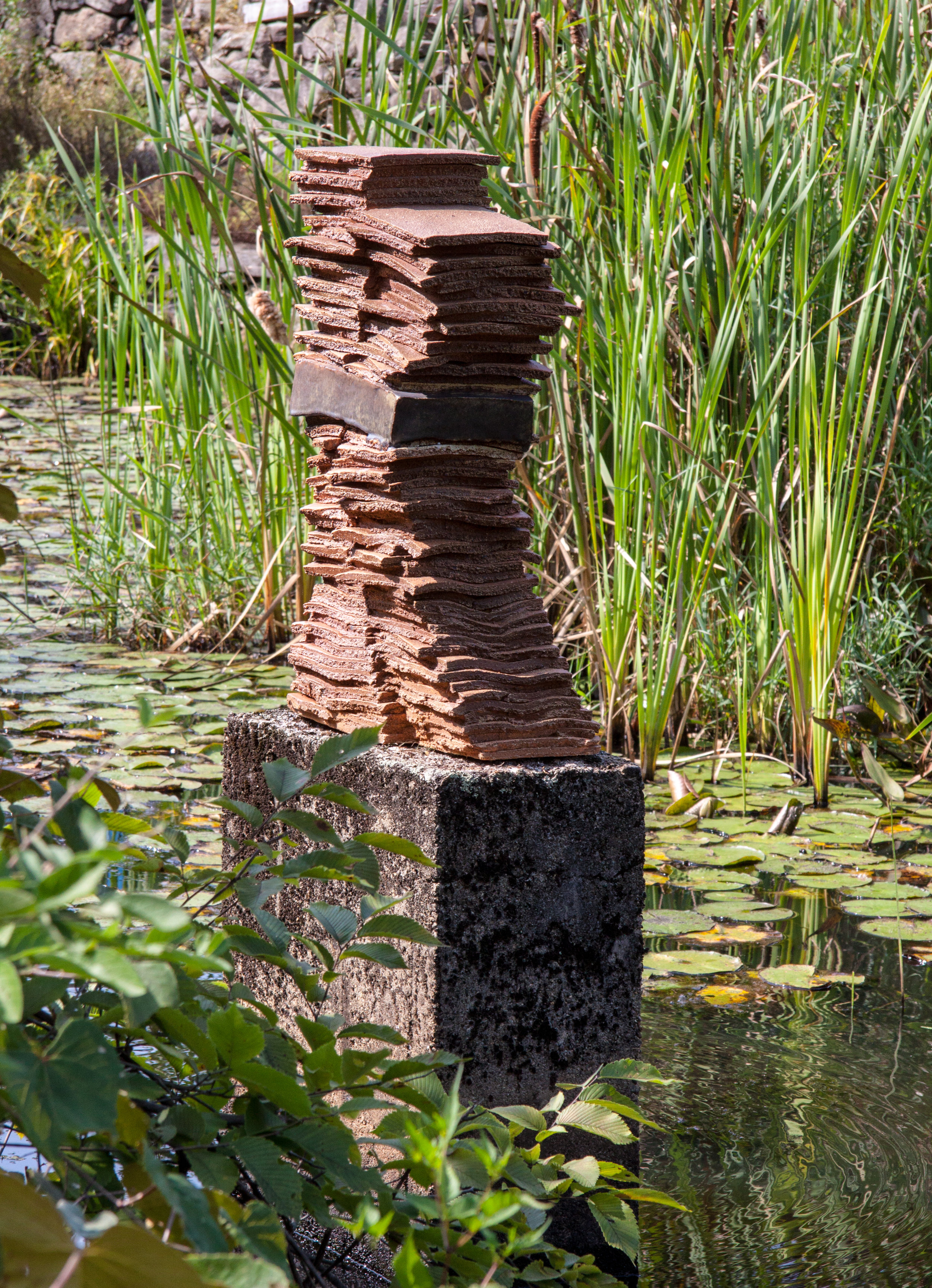The old newsprint paper is dry, the glue on the binding is coming apart, and a water stain covers the last page. My daughter, Ariel, then 10 years old, gave me these coupons. She must have been missing me. Unhappy, and thinking only about myself, I was not giving my daughter the attention and support she needed. I saved this faded booklet of coupons, a reminder of the regret I can still feel.
Fast forward to January 2016. Ariel is in transition from leaving the high level dressage horse world to finding another path. She is depressed, lost, and needs to have a serious shoulder operation that will require extensive rehab — like sitting up in a chair for six weeks — even to sleep. She returned home. She got through the operation and the pain-filled recovery. I even watched my first sitcom, the Gilmore Girls, but we never finished the series, because it was then time for her to move out.
Ariel found a tiny attic room in a dilapidated house on Windsor street in Cambridge. Housing is hard to find, but she lucked out, the rent was only $500, but I worried about how she would escape if there a fire. To help with this transition, I offered her two days of work; she came out Tuesdays and Thursdays and she helped me in the studio, she took photographs, she worked on my much in–need-of-help art database, or we focused on the ever-pressing farm jobs. We especially enjoyed picking berries. Opposite each other, moving down a row, picking berries into one gallon jugs, we were quite efficient from years of experience.
A well-meaning friend told me, “She should get a job at Starbuck’s – just something. She shouldn't be working for you.” I disagreed. I think we need time to discover ourselves. Ariel didn’t have that opportunity in high school or college. She got through high school while taking a lot of time off for horse shows. She took college courses wherever she was training. The horses always came first. Barn management and riding.
But it was in late fall, after the farm closed, that our relationship changed again. I needed to work on the sculptures for the opening of After Apple Pruning, an exhibit I scheduled to open mid-January. I had promised to fill the gallery with art made from the pruned branches of our apple trees and invited Ariel to be part of the exhibit. We worked on a large wall installation, Grafting a Life. She also made her own spiral of apple branches.























